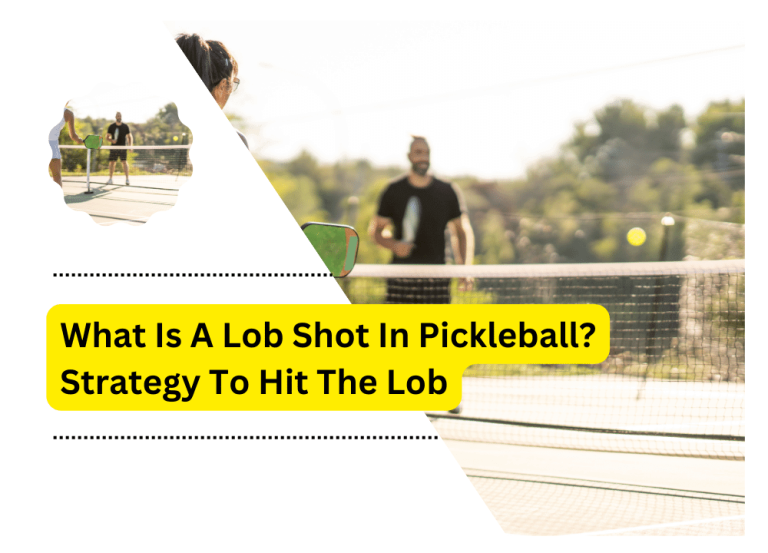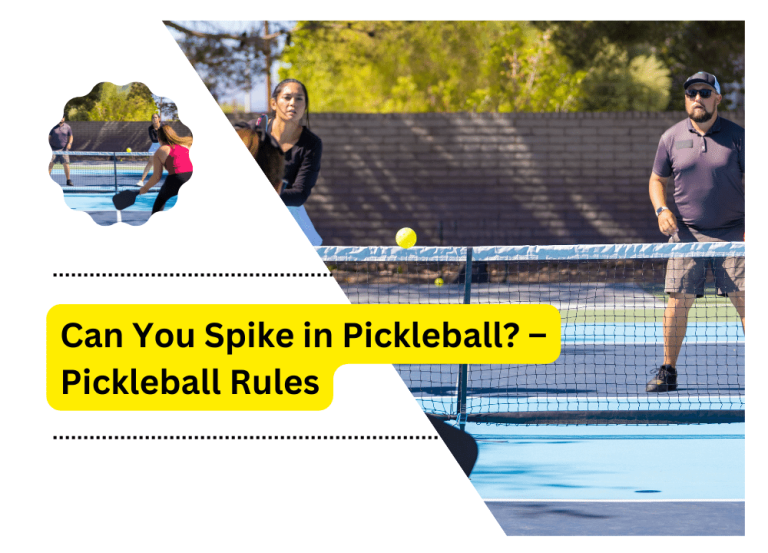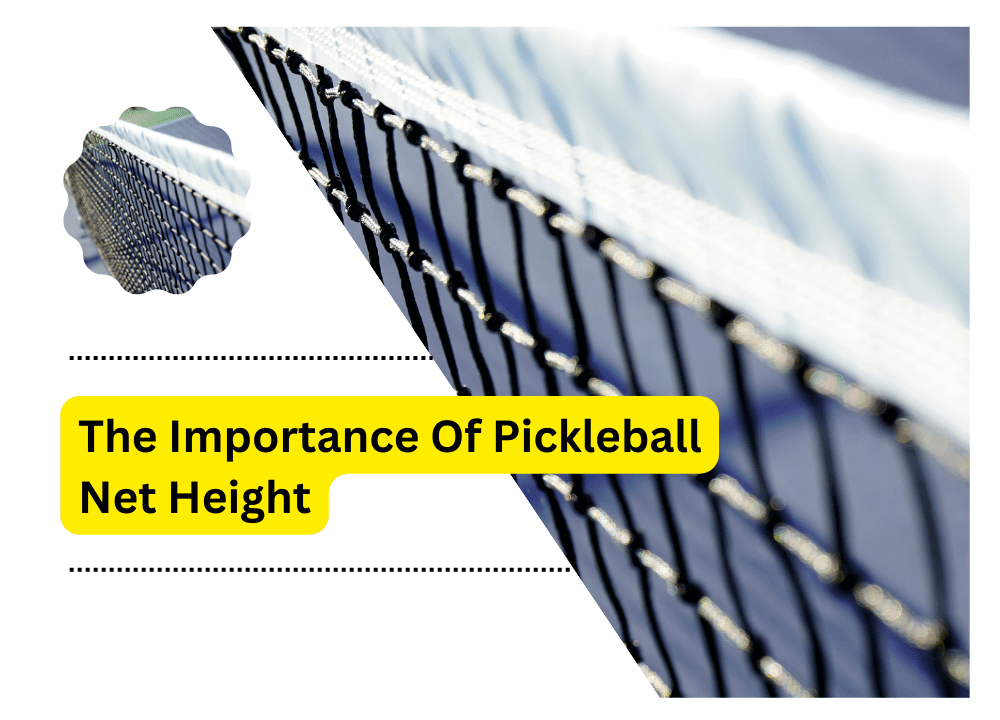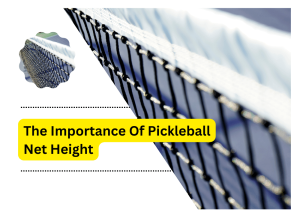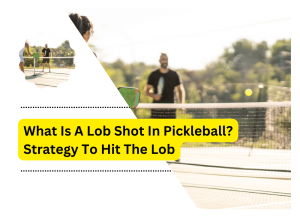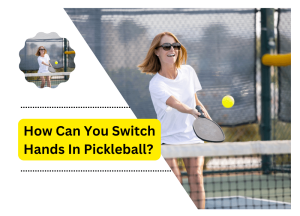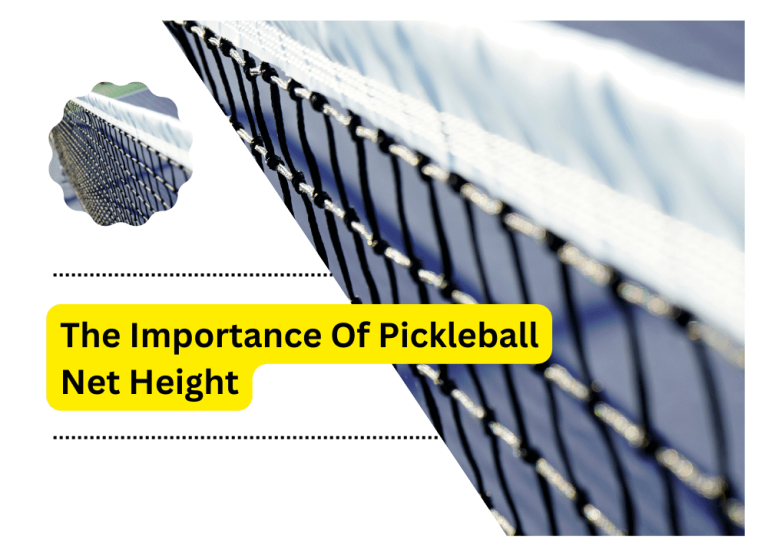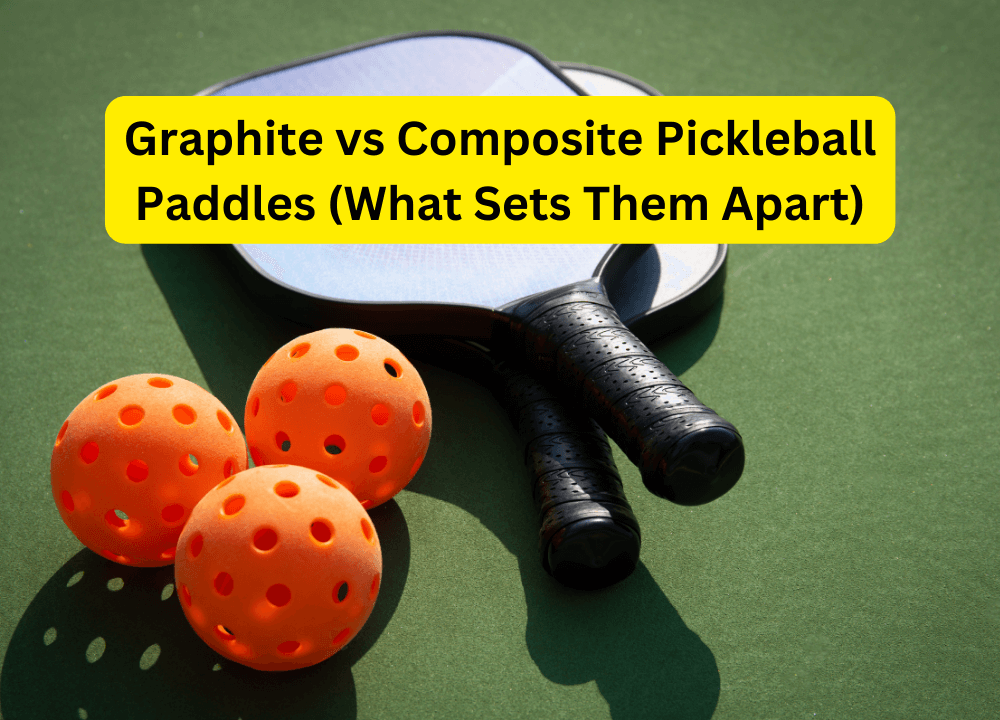
In pickleball, the right paddle is crucial for desired performance. Graphite and composite paddles are two of the most sought-after types available today. However, the debate on which type of paddle is superior – Graphite vs Composite Pickleball Paddles – remains ongoing. Both paddles have distinct advantages and disadvantages that players should know.
Table of Contents
ToggleWe aim to impart knowledge on the differences between these two types of paddles, enabling you to pick the one that best fits your gaming strategy and needs. Let’s get started.
What Are Graphite Pickleball Paddles?
Graphite pickleball paddles are preferred for players who want a paddle to encourage wrist action during play. Due to their lightweight construction and balance, these paddles are responsive and ideal for handling attacking shots. Professionals and competitive players commonly use them for their ability to make precise shots, especially for dink shots accurately. With a thin but strong graphite face on both sides, they are designed to deliver power and control to the player.
Graphite paddles are highly responsive and excel in handling attacking shots, allowing players to react quickly to fast-moving balls, which gives them a strategic advantage. Professionals and competitive players prefer using graphite paddles due to their exceptional responsiveness, allowing them to make lightning-fast returns and keep their opponents on their toes.
What Are Composite Pickleball Paddles?
Composite Pickleball Paddles offer several advantages. They provide accurate baseline shots and are made with a smooth and contemporary design, making them great for spins. They are also more affordable than other paddles, which is helpful for beginners who may want to save money on their gear before they fully understand the sport. Composite paddles are known for their longevity and capability to endure additional deterioration. They offer a larger sweet spot, making them easier to hit consistently and providing a softer feel during play. They are easier on the arms too, reducing the risk of developing tennis elbow or other arm injuries that may be caused by playing with heavier paddles.
Comparison of Strengths and Weaknesses
There are several notable differences between graphite and composite paddles regarding their strengths and weaknesses. Let’s know about them.
Construction and Materials
The distinct composition of the paddle affects its weight, toughness, and performance. Generally, Graphite paddles are constructed using a combination of graphite and resin, resulting in a lightweight and sturdy material that allows for easy manoeuvrability and swinging.
On the other hand, composite pickleball paddles are crafted using a blend of materials, usually a mixture of fibreglass, carbon fibre, and other components. The resulting foam-like body offers a softer and quieter texture, with the paddle face material built up into a surface covering an open-celled honeycomb core that comes into direct contact with the ball.
Difference in Durability:
Graphite paddles are renowned for their exceptional durability and reliability. Made with high-quality materials, these paddles are built to last longer than many other paddle types. With proper care and maintenance, graphite paddles can withstand much damage, making them a solid investment for serious players.
On the other hand, composite paddles are generally less durable than graphite paddles. While they can still provide outstanding performance, they are more prone to cracking and chipping, especially if they are not well-cared for. You may require more frequent replacements for them, which can become expensive. However, composite paddles are still an economical choice for novice players unwilling to make substantial equipment investments.
Difference in Weight
Graphite paddles weighs approximately 7.5 ounces, while composite paddles are usually in the 8.0-ounce range. It is important to note that lighter-weight paddles are typically more control-oriented than power-oriented . Therefore, the lightweight construction of graphite paddles makes them easier to manoeuvre and swing, providing an edge to players who value finesse and control over power.
Conversely, composite paddles are heavier, making them more challenging to manoeuvre quickly and giving them greater power. As a result, certain players may take these paddles into account.
Difference in Grip Size
Both graphite and composite pickleball paddles have standard grip sizes ranging from 4 inches to 4.5 inches in circumference. However, graphite paddles tend to have smaller grip sizes than composite ones. Graphite paddles are constructed with a slimline appearance that requires less grip material, resulting in smaller grips. This can benefit players with smaller hands by offering better control and comfort during play.
On the contrary, composite paddles tend to have thicker grips due to their heavier weight. The additional weight of composite paddles requires more grip material to achieve a comfortable grip, resulting in larger grips. These benefits players with larger hands, as larger grips provide better comfort and stability during play.
Differences in Power and Control
Graphite paddles are renowned for possessing a smaller sweet spot than their composite counterparts. Consequently, a higher skill level is required to consistently hit the ball, providing greater command over ball placement and spin. Moreover, the smaller sweet spot permits greater precision in ball control.
On the flip side, composite paddles typically possess a larger sweet spot, resulting in increased power and forgiveness during ball strikes. This characteristic presents players with the possibility of hitting the ball harder while expending less effort, although this may entail a sacrifice of some measure of control and precision.
Difference in Price Range
Composite paddles is generally more budget-friendly than graphite paddles, as their construction materials are typically less expensive. However, due to their superior quality materials, graphite paddles are generally more expensive, making it challenging to find an affordable option.
Although graphite paddles may have a higher price tag, they offer exceptional performance features, such as greater precision and control over ball placement and spin. On the other hand, composite paddles may not match the same level of performance as graphite paddles but offer a more affordable alternative, which makes them a popular option among players seeking a cost-effective solution.
Who Should Use Graphite Paddles?
Graphite paddles are well-suited for players who value control and finesse. Their construction with lightweight materials makes them effortless to handle and manoeuvre. This is particularly advantageous for players with a more petite physique. Skilled players with advanced techniques appreciate graphite paddles’ performance standards. Beginners or players who rely on power may find composite paddles more suitable for their playing style. Ultimately, choosing between graphite or composite paddles depends on individual preferences and requirements.
Who Should Use Composite Paddles?
Composite paddles suit players who value power and comfort over finesse and control. They are also a suitable option for inexperienced players who are still honing their skills in the game. Composite paddles have a larger sweet spot, making them easier to use and helping players build their confidence on the court. They are also budget-friendly compared to graphite paddles, making them a practical option for those not ready to invest in a higher-end paddle.
Conclusion
Both graphite and composite pickleball paddles have distinct strengths and weaknesses, and players should try different options to identify the one that complements their playing requirements. Eventually, the decision of choosing between graphite vs composite pickleball paddles boils down to striking the perfect equilibrium of power, control, comfort, and affordability for each player. Consequently, opting for a high-quality, well-constructed paddle ensures an enjoyable and successful pickleball game. Keep on playing to relish the game.

